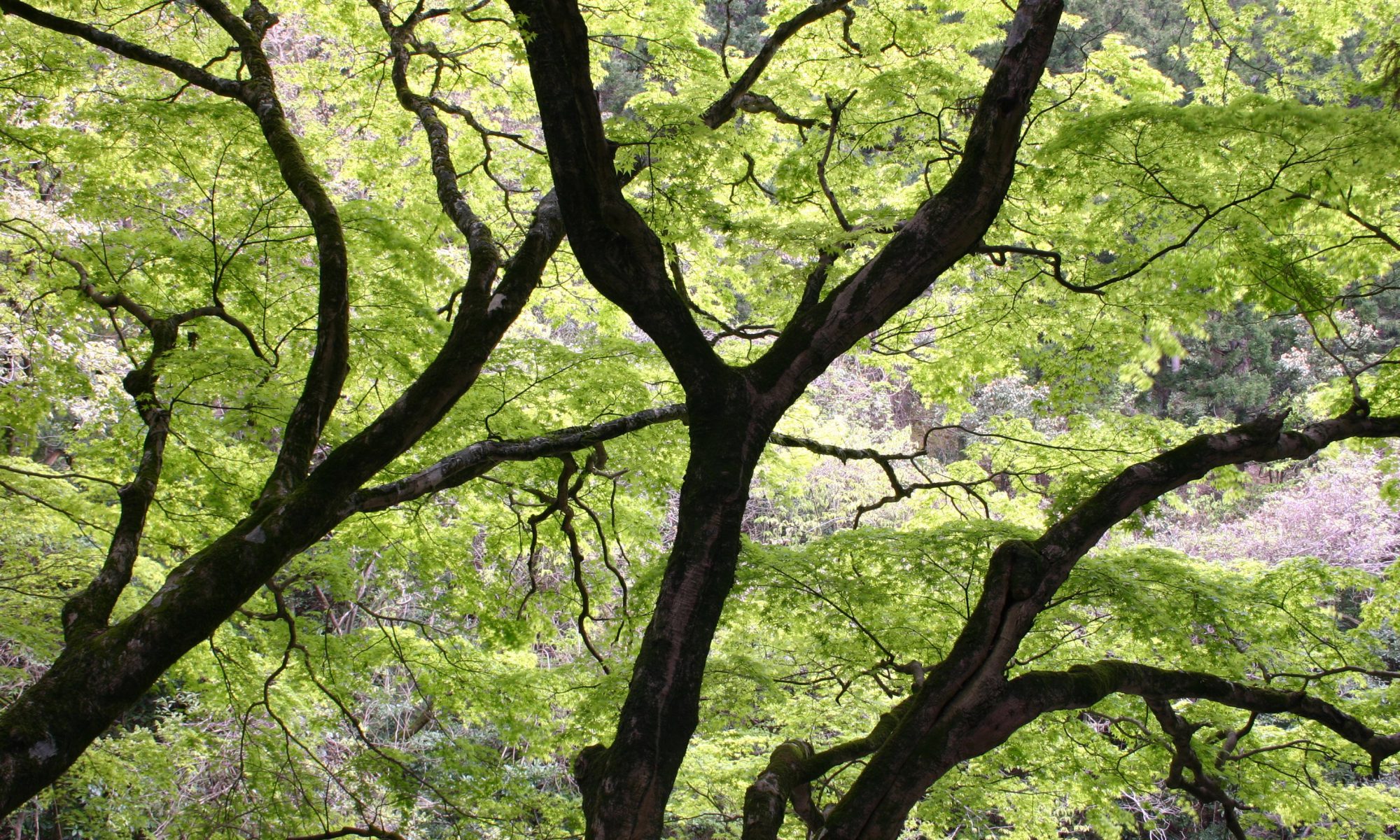One cold hardy species of Calanthe in Japan is Calanthe reflexa. Ironically, it flowers in the dead of the summer heat. It is a wonderful plant to see in the wild if you can bear the bugs and humidity of its native mountain home.
C. reflexa is a conspicuous evergreen terrestrial orchid with long pleated leaves. Each growth supports 2-3 leaves, from 15-25 cm long and 5-8 cm wide. Plants seem to form only small clumps with no more than 4 or 5 flowering stems. From the center of the leaves a long branch less flower spike rises up to 35 cm in height. The initial clump of buds emerges facing downward, but then grows directly upward to form the matured flower stalk. Flowers number from 6 to 25 and bloom sequentially although most can be in bloom at one time. The sepals and petals are white and held upward and reflexed backward as well. They are also often undulating.

The lip’s color is variable, but tends to be a light purple, but can also be deep purple rarely as well. Pure alba forms are known to occur as are flowers with purple suffused throughout. The lip has three distinct lobes: a central one with serrations ending in a barb, and two smaller lateral ones with smooth margins. The column is large and long, purplish at its base and ending in white.
Like its relatives, C. reflexa grows subterranean pseudobulbs in a tight sequence along a rhizome that vaguely look like the bodies of shrimp, hence the Japanese name ebine, meaning “shrimp root”. Its full Japanese name is natsuebine, meaning “summer shrimp root” since it flowers during the hottest part of summer – from late July to early September.
This orchid is found throughout the warmer temperate regions of Japan from Kyushu to Hokkaido. It prefers to grow in wet woodlands, along mountain streams, and on seepage slopes. I have often seen it growing almost directly in small streams or adjacent areas that commonly flood in the summer monsoon.
Though widespread, it is vulnerable throughout Japan. Even though it is not very popular with ebine growers, it is subject to collection for the horticultural trade and its numbers in the wild are diminishing. Unfortunately, that is a common problem with most Japanese orchids.
This species is not very common in the Fukuoka area, in fact I’ve only found it on a couple mountains so far. Here it grows along with its more common cousin C. discolor and the extremely rare Odontochilus hatusimanus. Both this plant and the Odontochilus seem to prefer the wettest sites, often growing on the very brink of small streams. During the intense monsoon rains and flooding rains brought by typhoons these plants are easily washed away. I have replanted many individuals onto higher ground because they were completely washed out.

The overall impression of the plant is that it has more narrow leaves than C. discolor, and of course its late summer blooming habit makes it unique as well. It takes great determination to photograph these in the wild since the horseflies at that time of year are incredible. I have been surrounded by no less than thirty of the beasts at one time during a photo session. Believe me, that is an intense experience!
Continue reading “A summer flowering Calanthe orchid from Japan, Calanthe reflexa”





















